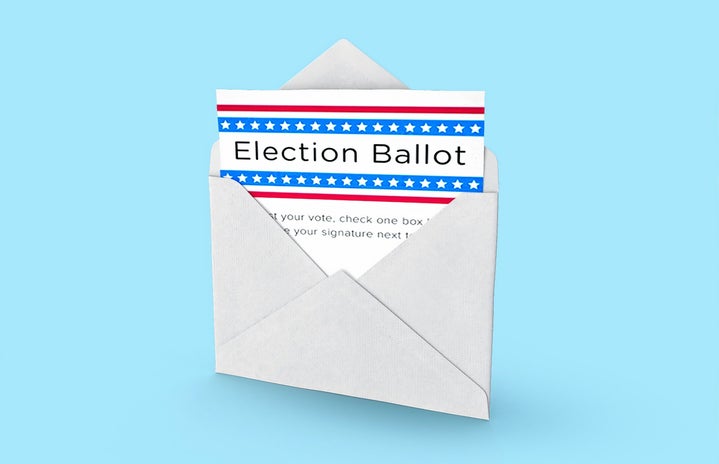Similar to many events in 2020, Election Day will look much different this year. Every Election Day comes with complications and uncertainty, but the pandemic will likely cause unprecedented chaos this year. There has been an influx of early and mail-in voting, which changes the ballot counting process. Almost half of the states will count mail-in ballots that arrive during a specific window of time after Election Day, as long as they are postmarked by November 3. This will set back the timeline for official results, especially because mail ballots require longer processing than those completed in person. While we all anxiously await the presidential and congressional elections, there is a good chance we will not know the winner of the presidential election on November 3rd.
The New York Times reported that 75 million Americans had already voted as of October 28, and this number will only increase as we enter the final days of the presidential race. Laws in some states require that ballot processing does not begin until Election Day. Of the states that do allow processing before election day, the majority cannot begin counting the votes until Election Day; consequently, these rules may be a major contributor to the delay of election results. With a projected record-setting number of absentee ballots in many states, it will be difficult for poll workers to verify and tabulate all of the mail-in votes in the same time frame as past elections.
There is a clear division between Biden voters and Trump voters with regards to their reliance on mail-in voting. So far, mail-in votes have been disproportionately for Biden, which means that the opposite trend could occur with in-person voting on Election Day. Depending on the order in which states count mail-in versus in-person ballots and when they report each, there could be misleading information about who is leading in each state. This is especially important to consider with states that accept mail ballots after Election Day.
The results in the swing states will likely determine the election, so it will be especially interesting to see which of these states have clear answers on Election Day. Officials in Michigan and Pennsylvania announced that it could take several days for them to finish their official counts, so be wary that their results could be skewed on election night. Arizona, Florida, Georgia, Minnesota, North Carolina, Ohio, and Wisconsin, all swing states in this election, are expected to have initial results, including mail-in votes, the night of the election or the next morning. While nothing is certain and many of these states will have more ballots to count following Election Day, they will likely be able to announce accurate preliminary reports on election night or the next morning. If these states are able to count as many ballots as they are hoping on Election Day, there could be a clear indication of the outcome of the whole race.
By the end of Election Day, we will have much more information and hopefully a somewhat clear idea of the results. However, it is unlikely that we will have a definitive winner. When you are following the results on the news or other outlets on November 3, keep in mind that these networks do not have the official say. There has been a clear winner on election night in most recent elections, so the media has been able to announce the outcome without considering any remaining uncounted ballots. However, there may be a significant amount of uncounted ballots on election night this year, which means that we presumably will not know who the winner is on November 3. For now, we can only hope that the election goes smoothly and that the new challenges with vote counting do not cause any major issues for poll workers. Make sure to vote on Election Day or by mail as soon as possible!



